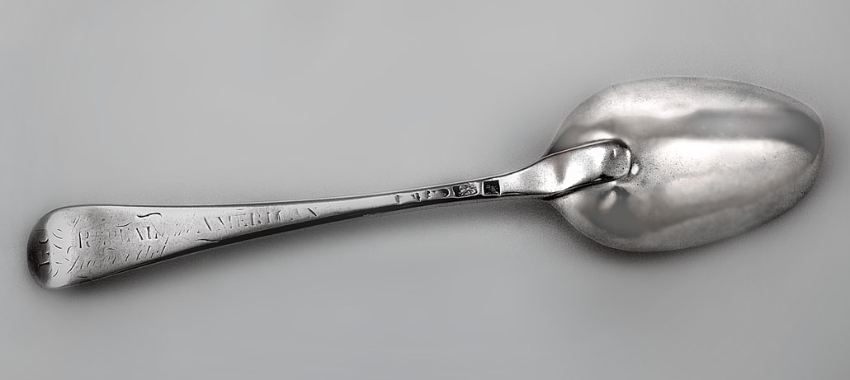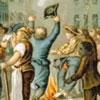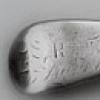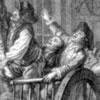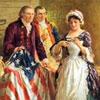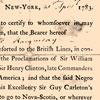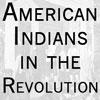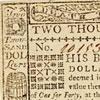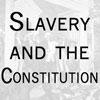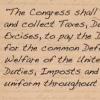Colonists responded to the Stamp Act (passed by Parliament on March 22, 1765) and other taxes and duties on trade in a variety of ways. One of the most effective was a boycott of British goods starting in 1765. In some places, this boycott was accompanied by protests and occasionally violent enforcement. The British government repealed the Stamp Act in 1766.
The variety of products made by British manufacturers right after the repeal of the Stamp Act, targeted at a colonial audience, is indicative of the continued close relationship in spite of growing tensions. This spoon was specifically commissioned by Landon Carter of Virginia to celebrate the repeal.
Carter commissioned a full set of flatware from Thomas Chawner, in London, in 1766 and had “1766 / REPEAL of the AMERICAN / Stamp Act” engraved on the handle. Such an item reminds us not only of the interactions between British citizens in the North American colonies and in England, but also of the fact that luxury goods in the colonies almost always came from Britain.
New taxes instituted a year later were again met with a boycott. Clothing, especially fashionable clothing, and other luxury objects became a potent target in the colonies as a symbol of their opposition to taxes and trade regulation. Articles such as homespun (clothing made in the colonies from their own raw materials) became an equally important political tool.
Source: Thomas Chawner [maker], “Tablespoon, ‘Stamp Tax’ Tablespoon,” still image, 1766, The American Revolution, accessed September 20, 2011.


